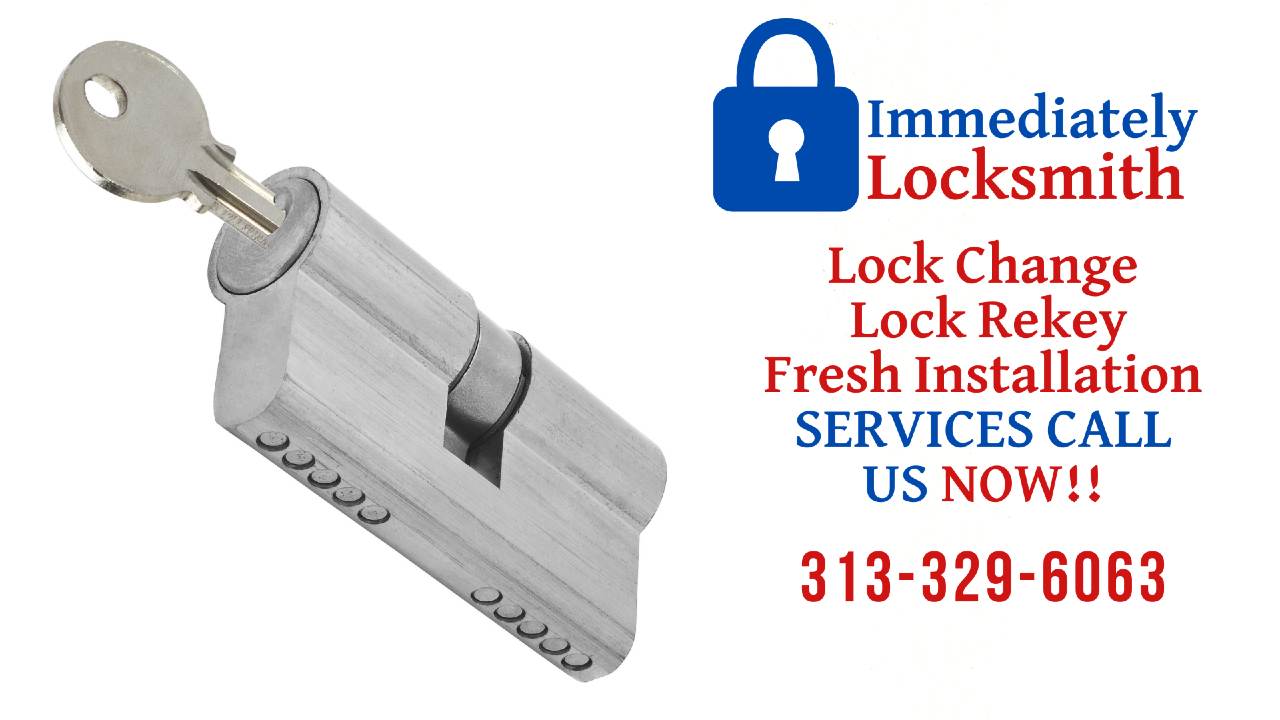
The Types of Access Control: Back in the old days, to protect one’s important assets and sensitive information, it was recommended to build your walls up strong and high so no one could intrude into your personal space. Fortresses were built to protect the valuables of a city. Trenches were dug to keep the enemy out. But in this modern era of digitalization, our lives have become extremely intertwined with digital spaces and the online world. That is why it is most important to ensure our information is secure. And to do that, we must look into access control.
What are Different Types Of Access Control?
Access control is a security practice used to manage resource access within a system or organization. It consists of setting permissions to ensure that only authorized users can perform specific actions on resources. Access control helps protect sensitive information and maintain system integrity based on predefined policies and criteria.
Types of Access Control Models
Access control models are different frameworks for controlling user access to a digital environment. They define how permissions are granted to users and how they are being enforced. There are many different access control models. Let’s take a look at them!

Role-Based Access Control
Role-Based Access Control (RBAC) uses organizational roles as the basis for access control: permissions are not assigned to users directly but grouped into roles and then assigned to users.This strategy is helpful as it offers a natural way to group together permissions that concern the same job function.
In Role Based Access Control, specific roles are assigned specific permissions, like access to files, and permission over applications, or systems. Users are assigned to roles based on their job functions, where they automatically get permissions associated with those roles. This model ensures that users have access to resources necessary for their role, which helps minimize the risk of unauthorized access. It also makes managing permission very easy for the management. It’s an efficient and accessible model!
RBAC increases security, reduces administrative overhead, and enforces access controls. For better understanding, let’s match the option to the appropriate type of access control. Role based access control is used in the following scenarios:
- In a company, an HR employee usually has access to employee records to observe the employee’s record, while finance staff can access financial reports that are more relevant to their job description
- In the Healthcare sector, medical staff such as nurses and doctors can access medical records.
- Schools have access to student records, but different access rights are given to administrative staff and students themselves.
- The university portal allows students to view the results, but teachers have the right to edit them.
Mandatory Access Control
In a Mandatory Access Control (MAC), access to resources is managed by predefined policies and rules. In this model, resources and users are assigned different security classifications or labels that control the permission and access rights in the system. These classifications could be made based on the level of sensitivity of the data or the department and rank of the user.
There are predefined rules set in place that enforce rules about data access. The administration has control over these rules, not the end user. This is how MAC can reduce data breaches and unwanted intruders. As these policies are centrally managed, they are consistent throughout the system or organization.
These are a few examples from real life where this model is used:
- MAC is used to protect systems from unauthorized access in environments that require high security, such as government and military systems.
- It is used in industries that handle sensitive information, such as financial institutions and certain research facilities
Discretionary Access Control
Discretionary Access Control (DAC) is an access control model in which the owner of a resource has permission to set and manage permissions for that resource. Unlike Mandatory Access Control (MAC), which enforces central-level access rights, DAC grants users control over their resources. Users have the authority to determine who can access and share their information.
When a user creates a file or resource in a DAC system, they can control the permissions and accessibility of other users. Another user is usually allowed to send access requests. The owner can even decide what kind of access he wants to provide to the requester. This allows for easy and flexible management and gives users autonomy.
This model is used in the following scenarios:
- Tools like Trello or Overleaf enable users to create projects, tasks, and discussions. Users can set access permissions to control who can view or modify project details and communications.
- The calendar app on mobile phones has the option of sending invites and creating shared calendars.
- In applications like Google Workspace, users can control access to their documents and grant permissions such as viewing, commenting, or editing.
Attribute-Based Access Control
ABAC stands for Attribute-Based Access Control, an access control model in which access decisions are based on attributes of the user, the resource or the environment (eg, that a user is from department X, that the resource has sensitivity level Y or that the user is connecting from device Z), rather than on roles or rules predefined by a system administrator.

This model identifies attributes relevant to the user or resource and then develops policies to define access rules according to those attributes. This model can adapt to different contexts and scenarios, such as changes in user roles or varying security requirements.
It is useful in the following cases:
- Controlling access to patient records based on attributes like the user’s role, the patient’s classification level, and the context of the access request
- Ensuring that only users with appropriate attributes access sensitive financial data within certain periods during the day.
Rule-Based Access Control Model
Rule based access Control (RBAC) is a model where access to resources is granted or denied based on predefined rules rather than user job roles or attributes. Permissions in these models are determined by rules, often based on the environment. These rules are created by administrators or managers and include conditions like time of access, location, or specific attributes of resources.
The Rule Based Access Control Model is extremely flexible, making it perfect for environments and systems with complicated security needs. It is used in environments where security needs change frequently and access requirements are condition-based. This model allows organizations to enforce more detail-oriented security permissions and context-aware access policies, enhancing security and compliance.
This model is useful in the following scenarios:
- A user is working on a project where he is given access to a certain file only during business hours or only from within the company’s network.
- A contractor working on a project might be given access to certain resources for a recommended period.
- A consultant might need access to internal databases to provide insights or perform analysis but they would not be able to edit to control the information.
FAQs
What is Security Access Control?
Security Access Control is a type of Access Control that emphasizes the security-related aspects of managing access. It is a crucial component for guarding your digital assets and makes sure that the system will be protected from any potential attacks
What are Event Security Services?
Event security services are a wide array of security measures and rules specifically designed to protect access during a specific event. Using access control models, these services ensure the safety of important data and information during certain events.
What Access Has Rights Almost Similar to an Internal User?
Internal users are the individuals who have access to an organization’s systems and data based on their role within the organization. Access Control, most similar to the internal user, is through role based access control (RBAC), which ensures external users receive only the permissions necessary for their tasks while excluding sensitive areas unrelated to their work.
Is Integrating Access Control with Perimeter Security Possible?
Cyber security is more than managing data access and reducing unwanted intruders. It is about providing a secure perimeter for your system. Perimeter security is essential in creating a good access control system as it provides a multi-layered defense approach. Together, access control and perimeter security make an excellently efficient defense system for your digital space.
Conclusion
In conclusion, access control models are essential components of the digital space that help manage and secure access to data, from corporate settings to high-security facilities. By understanding and using the appropriate access control model, organizations can successfully safeguard their data and systems against unauthorized access and unwanted attacks.
Selecting the right access control model depends on an environment’s specific needs. Each model offers unique advantages, and often, a combination of models may be employed to address different types of security. By understanding and implementing these models, organizations can access control mechanisms, ensuring that sensitive information is protected while maintaining efficient access management.




